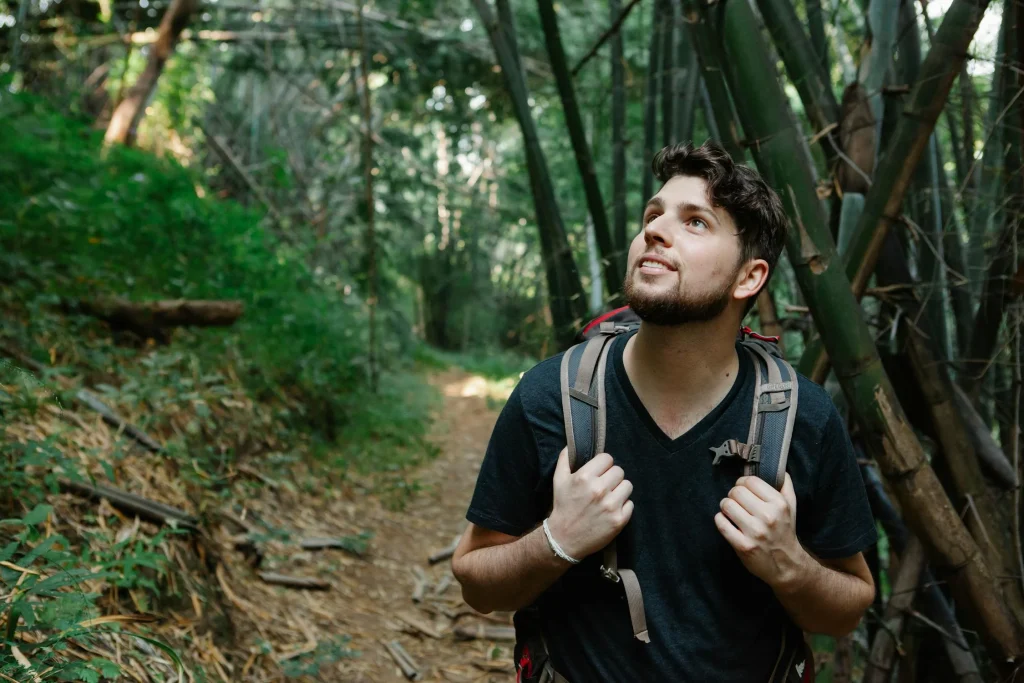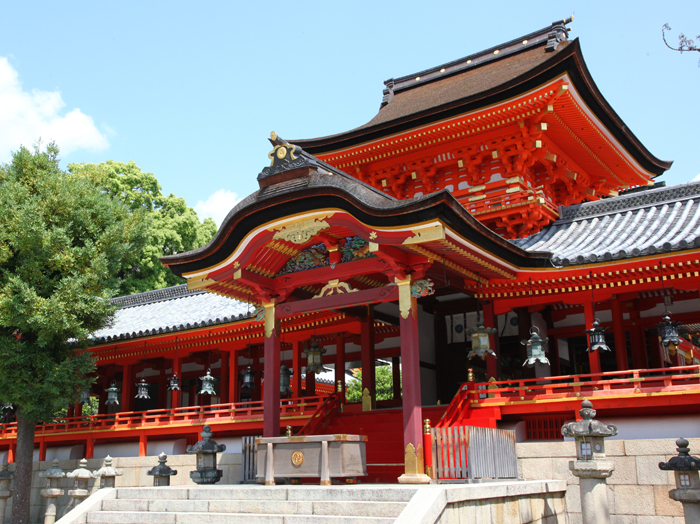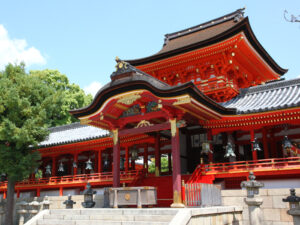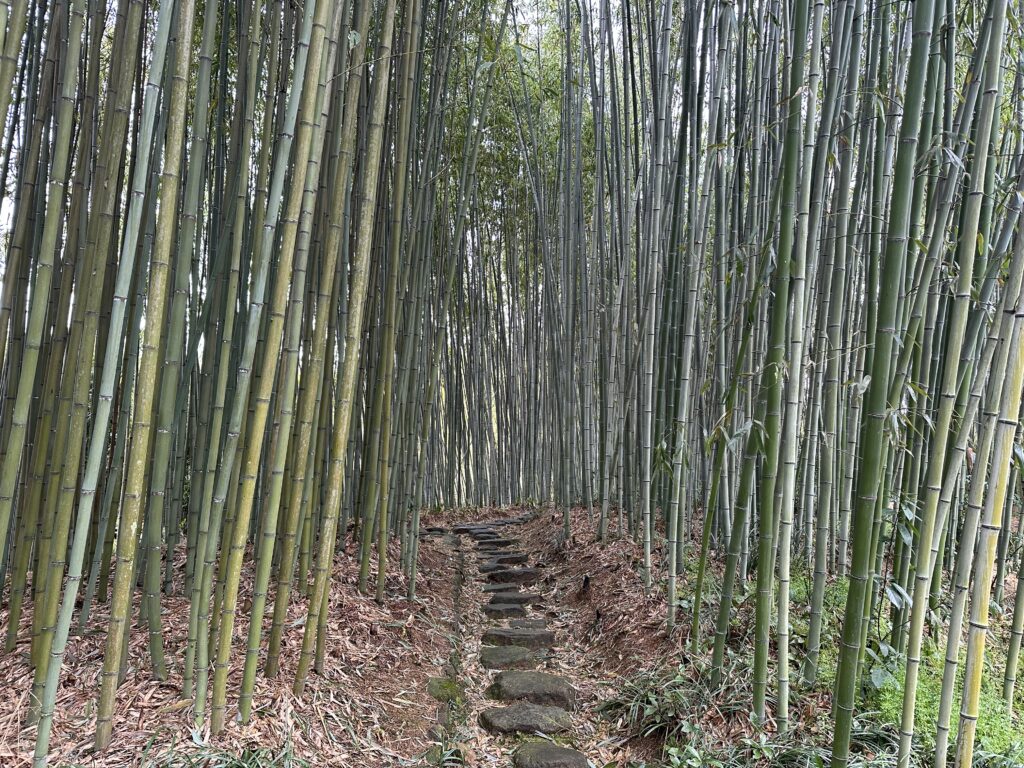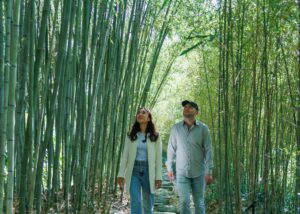Take-no-Michi (The Bamboo Path)
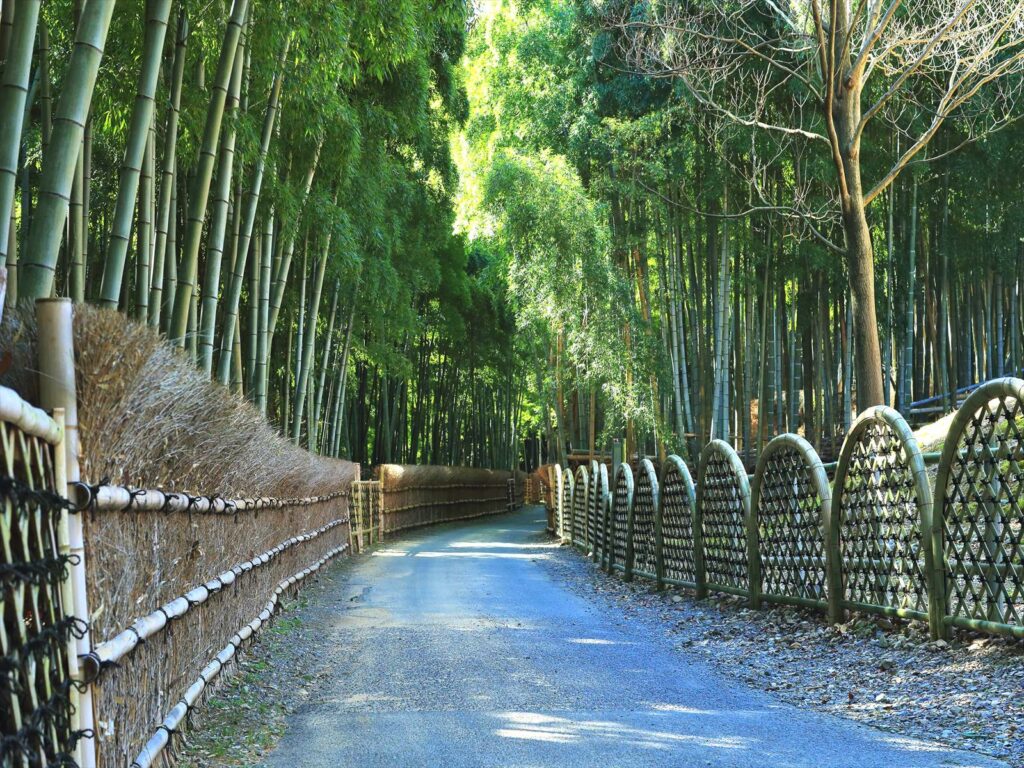
Nestled in the hills of Muko City, you’ll discover Take-no-Michi, a grove of bamboo that rivals even Arashiyama. Its walking trails stretch approximately 1.8km and offer picturesque views of handmade bamboo hedges. Take-no-Michi has won several accolades, such as being recognized as one of Japan’s “500 Most Beautiful Walking Paths” and “Best 100 National Walking Paths” by the Japan Walking Association. Every autumn, the path hosts the enchanting “Kaguya’s Evening” event. There are over 4,500 bamboo lanterns that illuminate the grove during the event, creating a mesmerizing spectacle. Take-no-Michi remains a hidden gem despite its reputation. Explore its winding paths and listen to the melodies of chirping birds and swaying bamboo.
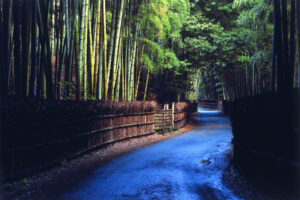
Take-no-Michi (The Muko Bamboo Path)
Bamboo shoots are one of Kyoto’s specialty products, but the “Otokuni” area around Muko City and Nagaokakyo City is known for producing some of the highest quality bamboo shoots in Kyoto. Take-no-Mich …
